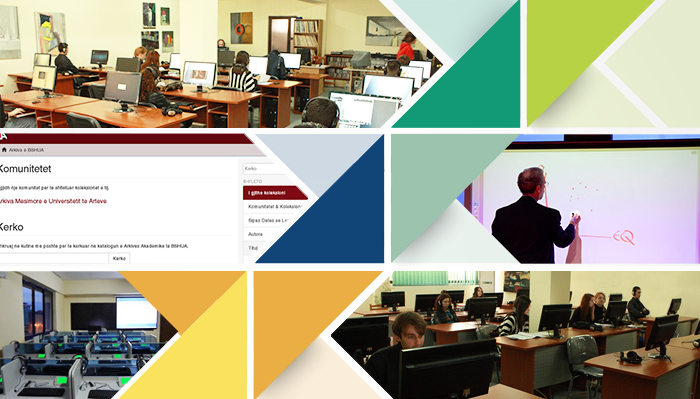
A number of new innovative communications technologies have emerged in recent years that have been largely regarded and intended for personal and recreational use. However, these “conversational technologies” and “constructivist learning tools,” coupled with the power and reach of the Internet, have made them viable choices for both educational learning and knowledge-oriented applications.
Interactive Teaching has evolved out of the hyper-growth in the use of digital technology and virtual communication, particularly by students. The use of digital media in education has led to an increase in the use of and reliance on interactive teaching methodologies, which in turn has led to a revolution in the fundamental process of education.
- In order to be effective, learning institutions must use computers and associated technology as an essential part of the student. This set of technologies includes the use of wired & wireless networks, smart phones and PDAs, search engines, and location-based media;
- For delivery of synchronous content, technologies such as videoconferencing and web conferencing are typically used. For asynchronous content delivery, course designers use a variety of software suites that include various types of interactive elements;
- Other innovations such as the Interactive Whiteboard, the interactive screen that connects a computer and a projector where the projector projects the computer's desktop onto the screen which the user can control using a special pen, finger or another tool, is continuously gaining momentum. Interactive whiteboards are used in many different places such as in classrooms, in work groups and in training rooms for professional coaching.
- Institutional repositories (or digital academic archives) are a development in managing digital objects for effective utilization. An institutional repository can be viewed as a "...a set of services that a university offers to members of its community for the management and dissemination of digital materials created by the institution and its community members."
Some of the main objectives for having an institutional repository are to provide open access to institutional research output by self-archiving it, to create global visibility for an institution's scholarly research, and to store and preserve other institutional digital assets, including unpublished or otherwise easily lost ("grey") literature such as theses or technical reports; - Digital language laboratories are audio or audio-visual installations used as an aid in modern language teaching. They can be found, amongst other places, in schools, universities, and academies. They are comprised of software solutions that rely on top of a PC based network infrastructure, directing the electronic management of teaching media between teacher and student, student and student or student back to teacher, making them both multi locational in their access and much more feature rich in how and what media they manage.
The content used in the digital language labs is nowadays much richer: not just audio, but video, aplications, internet etc. and the speed and variety of the delivery of media is much quicker and therefore much more engaging for both teacher and student.
As an Freelance IT Consultant and previously as a Project Manager with Teater TV Studio, I have gained extensive experience in the application of different projects of this nature, integrating innovative technologies within various academic environments, always with well appreciated results.
External links
Comments